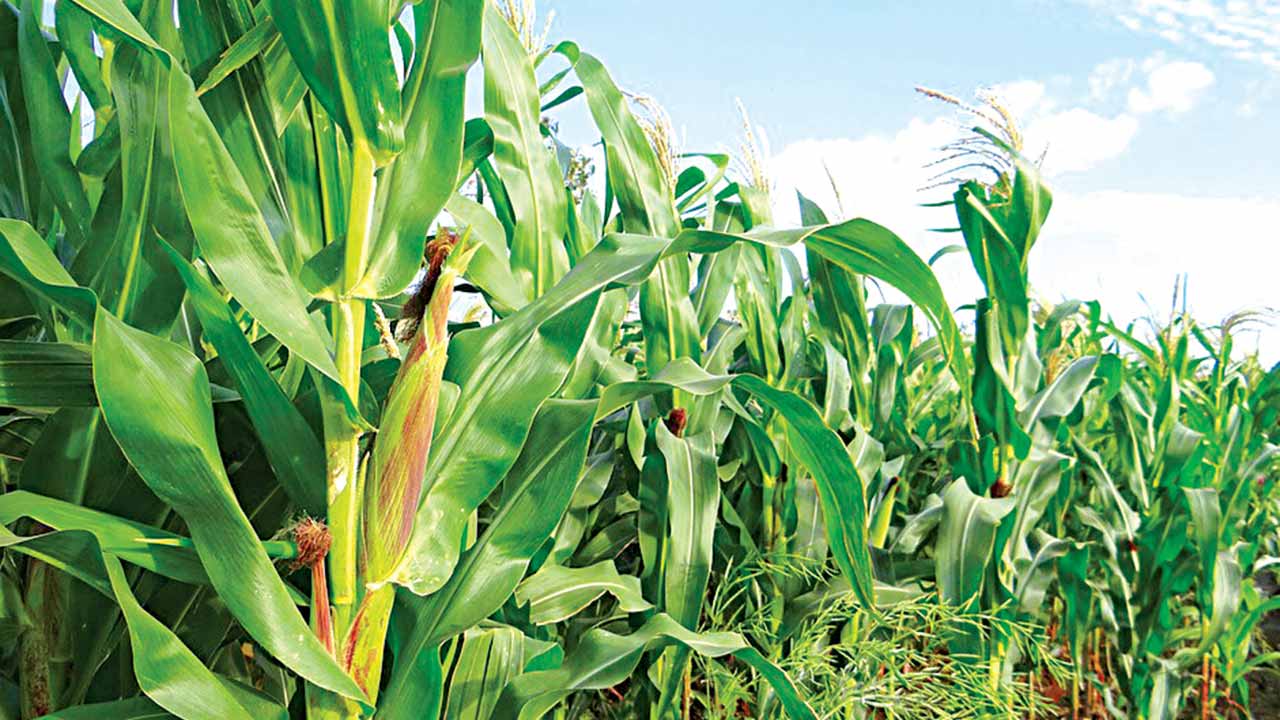A state-of-the-art Laboratory Information Management System (LIMS) has the potential to revolutionize innovation and research in the field of agriculture. With the growing challenges faced by the agricultural sector, such as climate change, population growth and increasing demand for sustainable and efficient farming practices, it is crucial to adopt advanced technologies to drive progress. A cutting-edge LIMS provides a centralized platform for managing and analyzing data from various agricultural research activities. It allows researchers to streamline their workflow by automating routine tasks, tracking samples and maintaining comprehensive records. By digitizing and integrating data, researchers can easily access and analyze information, enabling them to make data-driven decisions and extract valuable insights.

One of the key advantages of a state-of-the-art LIMS is its ability to enhance collaboration among researchers and stakeholders. It facilitates seamless communication and data sharing, both within and across research institutions, fostering interdisciplinary collaboration. Researchers can collaborate on projects, share protocols and exchange valuable knowledge, thereby accelerating the pace of innovation in agriculture. Additionally, a LIMS can integrate with external databases and platforms, enabling researchers to tap into a vast array of agricultural resources and datasets, further enriching their research. Moreover, a sophisticated LIMS can support advanced analytical capabilities, such as data mining, machine learning and predictive modeling. By leveraging these tools, researchers can uncover patterns, identify trends and make accurate predictions related to crop yields, disease outbreaks or the impact of specific agricultural practices. This empowers scientists to develop targeted interventions, optimize resource allocation and devise effective strategies to address emerging challenges in agriculture.
Furthermore, a state-of-the-art LIMS can facilitate the collection of real-time data through various sensors, remote monitoring systems and learn more IoT devices. This data can be seamlessly integrated into the LIMS, allowing researchers to monitor environmental conditions, soil quality, crop growth parameters and pest/disease prevalence in real-time. This wealth of information enables scientists to gain deeper insights into the dynamics of agricultural systems, leading to improved precision farming practices and more sustainable agricultural production. In conclusion, a state-of-the-art LIMS holds immense potential to drive innovation and research in agriculture. By providing a robust platform for data management, collaboration, advanced analytics and real-time monitoring, it empowers researchers to address complex agricultural challenges effectively. With the adoption of such technology, the agricultural sector can leverage data-driven insights, optimize resource utilization and develop sustainable farming practices to ensure food security, environmental conservation and economic prosperity.